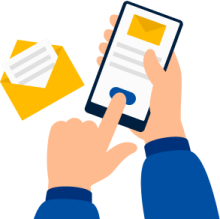Vacant residential land tax
Tax may apply to homes left vacant the previous year.

What is vacant residential land tax?
Vacant residential land tax applies to Victorian residential land that was vacant in the previous year. It may apply to existing and uninhabitable homes, homes under construction or renovation and undeveloped land. The tax encourages leasing, selling or development to boost housing supply and affordability.
Understanding vacant residential land taxOnline services
Calculators
Useful information
Legislation and regulations
Get in contact with us
Subscribe to our email








